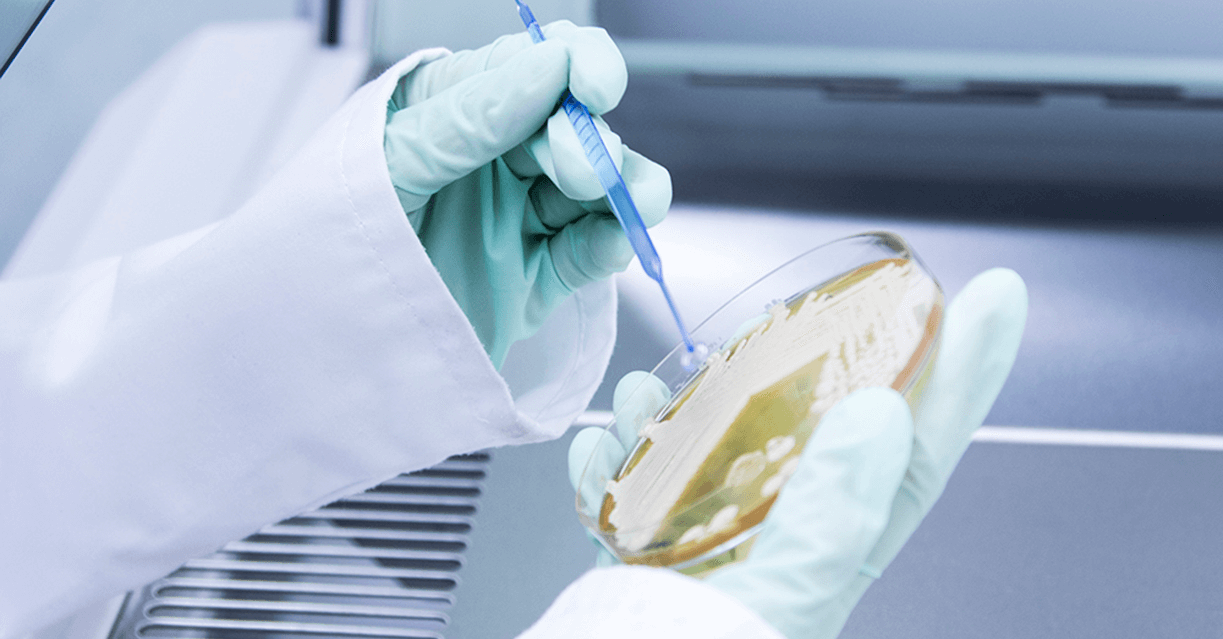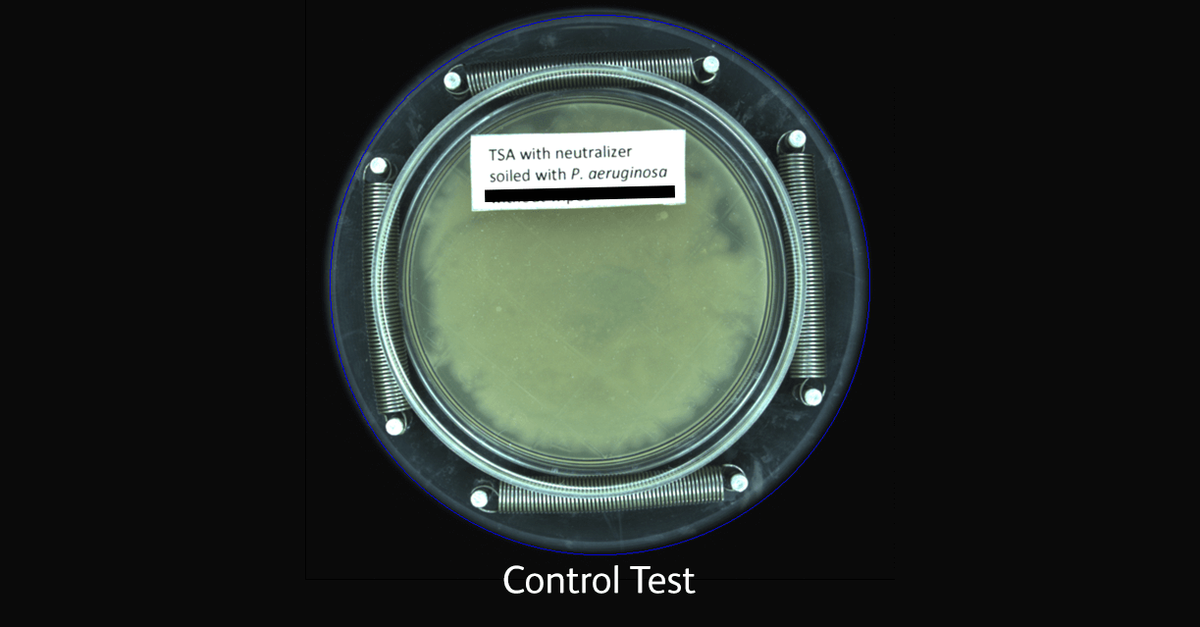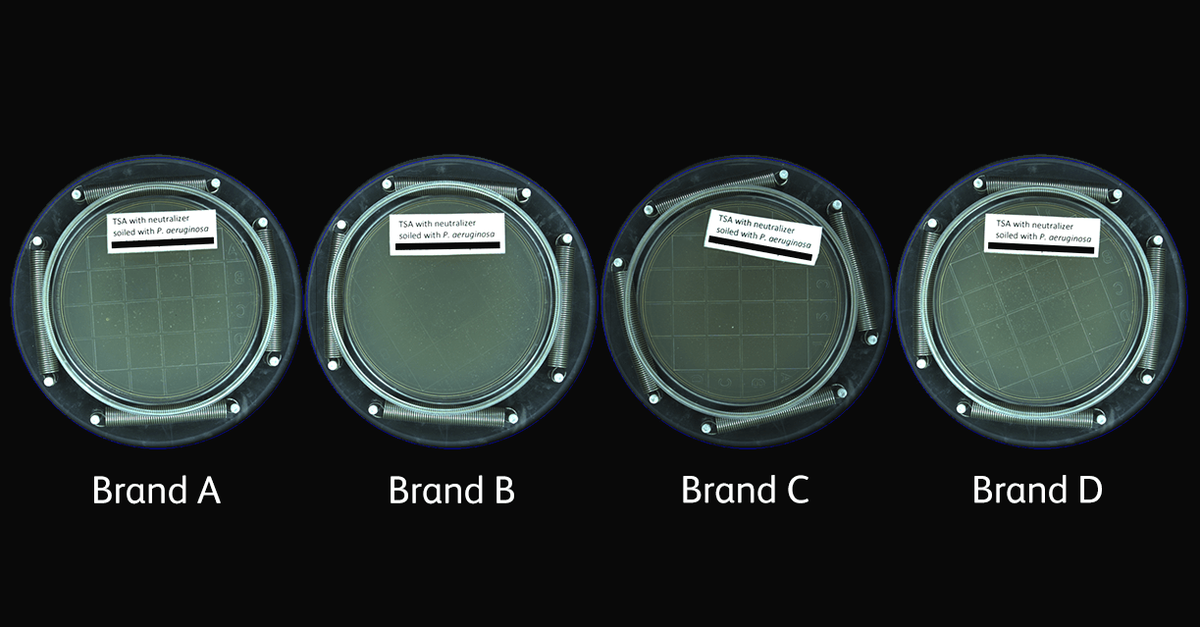24 January 2018
4 Disinfectant Wipes Proven to be Effective Against Pseudomonas aeruginosa
Viroxy conducted an independent test to determine the effectiveness of disinfectant wipes from 4 different brands against one common pathogen, Pseudomonas aeruginosa.

The results are hardly surprising but they send an important message to disinfectant manufacturers. Before we find out how the brands fared, let's take a look at the test microorganism's profile.
Why Pseudomonas aeruginosa
Pseudomonas aeruginosa (P. aeruginosa) is a Gram-negative bacterium commonly found in water, soil and other damp environments. It is known to generally cause mild infections such as ear and skin infections among healthy people. The risks however, are greater among immunocompromised individuals such as cancer or AIDS patients and burn victims who are susceptible to dermatitis, pneumonia, urinary tract infections and blood infections, sometimes leading to death.
P. aeruginosa infections typically occur during hospitalisation or while acquiring long term treatment. Most cases occur while being treated with hospital equipment that are shared by many such as mechanical ventilators and surgical equipment or urinary and intravenous catheters that require periodic change. Inadequate / incorrect disinfection of treatment surfaces, hands and mechanical instruments are typical reasons leading to cross-infection.
The danger
Mild infections are usually easily treated with antibiotics. However, severe hospital acquired infections have become increasingly difficult to treat as some strains have become resistant to nearly all types of antibiotics. The Centres for Disease Control and Prevention (CDC) estimated 51,000 healthcare acquired P. aeruginosa infections each year in hospitals throughout the United States. Of these cases, more than 6,000 or 13% are caused by multidrug-resistant variant.
In February 2017, the World Health Organization (WHO) released a list of bacteria that pose a great threat to human lives and P. aeruginosa (carbapenem-resistant) is categorised as critical with the highest priority in the development of new antibiotics.
Although ongoing research and development efforts are crucial to save lives, it makes sense to also actively prevent cross-infection in healthcare settings by cleaning and disinfecting instruments, surfaces and hands before diseases are transmitted. The reason is simple: it is much easier to kill a pathogen outside the human body than inside. Especially with the rise in antibiotic-resistant pathogens.
One of the most common surface disinfection methods applied in hospitals is the use of disinfectant wipes on treatment surfaces, patient chairs and countertops.
We selected disinfectant wipes from 4 well-known brands and put them to the test against P. aeruginosa.
The method
50µl of P. aeruginosa ATCC 15442 (4 x 109 cfu/ml) is inoculated on the surface of artificial leather (PVC with PUR surface coating) and the suspension was left to dry.
The test wipe was then applied to the inoculated surface for 5 seconds by wiping the surface. The moisture from the disinfectant wipe was left to react with microorganism for the duration of recommended contact time.
A contact plate was then pressed on the surface to acquire sample. The sample was incubated overnight at 36°C and analysed the following day.
The result
| Test Product | Contact Time | No. of Colonies | |
|---|---|---|---|
| 1 | Control Test | N/A | Too numerous to count |
| 2 | Brand A | 1 min | 0 |
| 3 | Brand B | 1 min | 0 |
| 4 | Brand C | 1 min | 0 |
| 5 | Brand D | 3 min | 0 |
The image below shows the control test contact plate (surface sample without the application of disinfectant wipes) loaded with P. aeruginosa colonies after overnight incubation.

The contact plates below represent each of the wipes tested.

There were no colony formations, indicating all 4 test wipes effectively inactivated P. aeruginosa within the recommended contact time.
What does this mean to you, a disinfectant manufacturer?
These test results are hardly surprising. However, manufacturers must consider how important it is to test disinfectants not only against P. aeruginosa but against as many pathogens as possible so that they are safe and competitive.
One mistake we see manufacturers commit repeatedly is testing their products against a mandatory list of microorganisms to meet minimum requirements. Remember, the key to claiming product superiority is to prove that your product is effective against a very broad spectrum of microorganisms. Suppose 2 lists of efficacy claims on the label of 2 different products are shown to customers. They will instinctively lean towards the one with the longest efficacy claims.
In most cases, a disinfectant is effective against a lot more microorganisms than listed on the label without further enhancements. And this can be proven in a laboratory to the manufacturer’s advantage. Unfortunately, most manufacturers are content with meeting minimum requirements and forgo further testing due to steep testing costs. That, and the time it takes to conclude a test.
One of the exercises we encourage all our clients (and you) to undertake is to review the list of disinfectants you have and identify the ones that may benefit from increased efficacy claims. These may be products that are not performing as well as they should in the market, for example. Or they may be products that you do not have an R&D budget for.
Next, review the groups of microorganisms that you believe this product should be effective against. Check out our list of more than 160 test microorganisms if you have no idea where to start or you can just give us a call at +60 (0)3 2776 4875. Select a few that your budget would permit and contact us for a quotation. But you will be surprised at how affordable our tests are and how quickly we can deliver through our quotation.
Be prepared however, as some of these tests may yield negative results – this will give you the opportunity to improve your product in the future. But some of the tests will yield positive results and this is the goldmine we’re looking for. You now have additional claims to make on your product label! Your sales and marketing team can take this information and spread it where it matters.
Download PDF file
